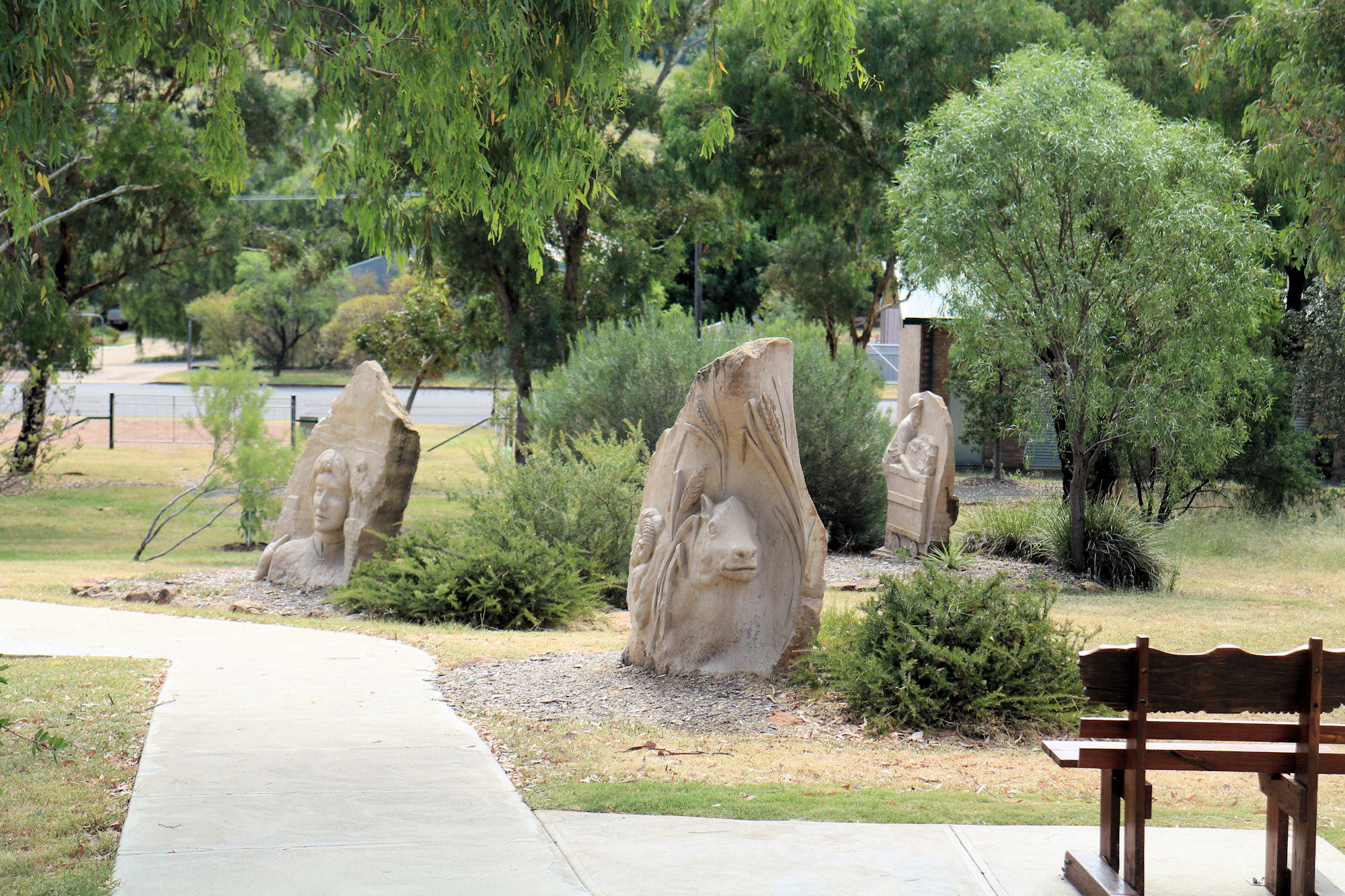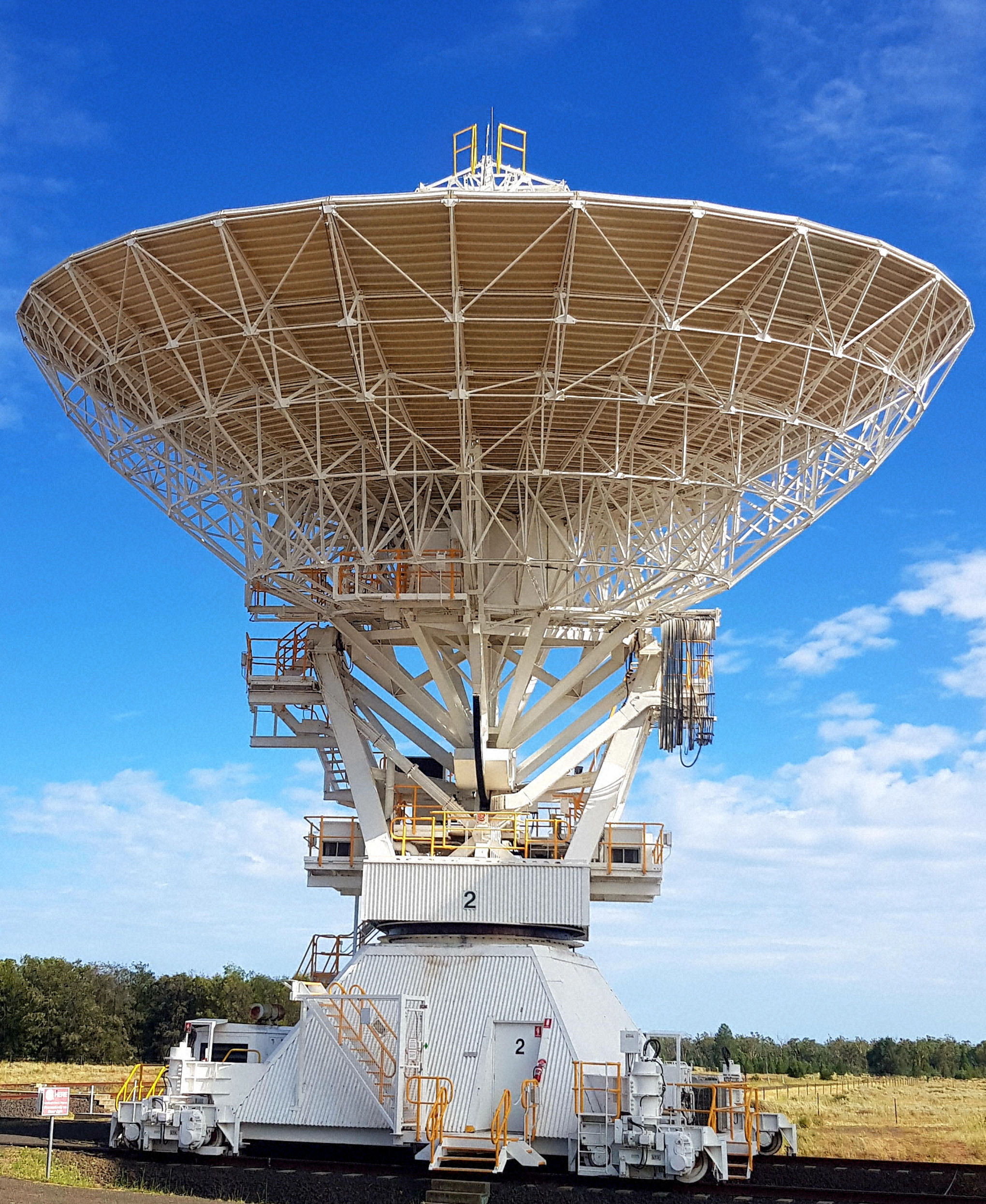Tag: North West Slopes
-
Pensioners Hill Lookout Sculpture Park

Pensioners Hill Lookout and Sculpture Park A beautiful place with views over Gunnedah, Pensioners Hill Lookout also has a sculpture park, which makes an even more interesting place to visit. The walkway through the park is named after Ailsa Iceton, a nurse who performed many charitable works in Gunnedah. During the Great Depression, she would… Read more
-
Dorothea Mackellar Memorial Statue

Dorothea Mackellar Memorial Statue Not far from the Gunnedah Water Tower Museum and located in a small park the Dorothea Mackellar Memorial Statue acknowledges this famous Australian Poet’s connection to the Gunnedah district. Dorothea is shown as a young woman sitting side-saddle on her horse, and gazing into the distance. Dorothea Mackellar Known for her… Read more
-
Narrabri Paul Wild Observatory

Narrabri Paul Wild Observatory Operated by the CSIRO and located 25 km west of Narrabri in north-west New South Wales, the Paul Wild Observatory is an array of six 22 metre antennas used for radio astronomy. This was an unexpected highlight of our trip to the north-west, because we were not aware it existed until… Read more